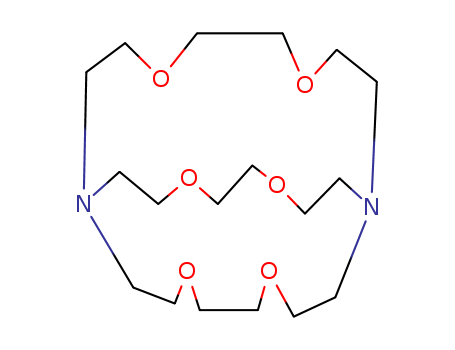10.1021/ml200018n
The research aimed to develop novel therapeutics and biomarkers for Alzheimer's disease (AD) by synthesizing and evaluating 5-fluoro-2-aryloxazolo[5,4-b]pyridines as potential 18F-containing β-amyloid PET ligands. The purpose was to identify compounds with high affinity for β-amyloid plaque, minimal nonspecific binding, and favorable kinetics for clinical assessment of β-amyloid plaque load. The study concluded that compound 17b, later named MK-3328, showed promising results with balanced amyloid binding potency and low nonspecific binding. In vivo studies with [18F]17b in rhesus monkeys demonstrated high brain uptake and rapid washout, suggesting its potential as an effective PET ligand for AD diagnosis. Key chemicals used in the synthesis process included 3-amino-2,6-difluoropyridine, various carboxylic acids, Ghosez’ reagent, K2CO3 or Cs2CO3, DMF, and K18F with Kryptofix 2.2.2 in DMSO for radiolabeling.



 Xi,
Xi, Xn
Xn


